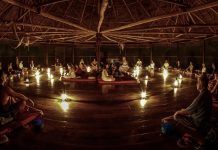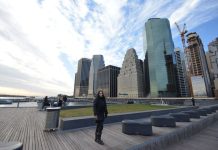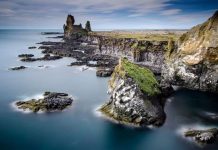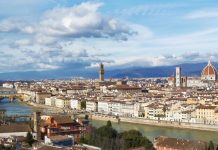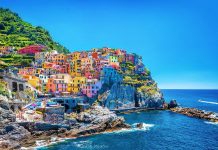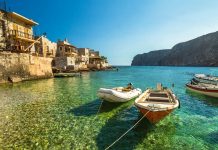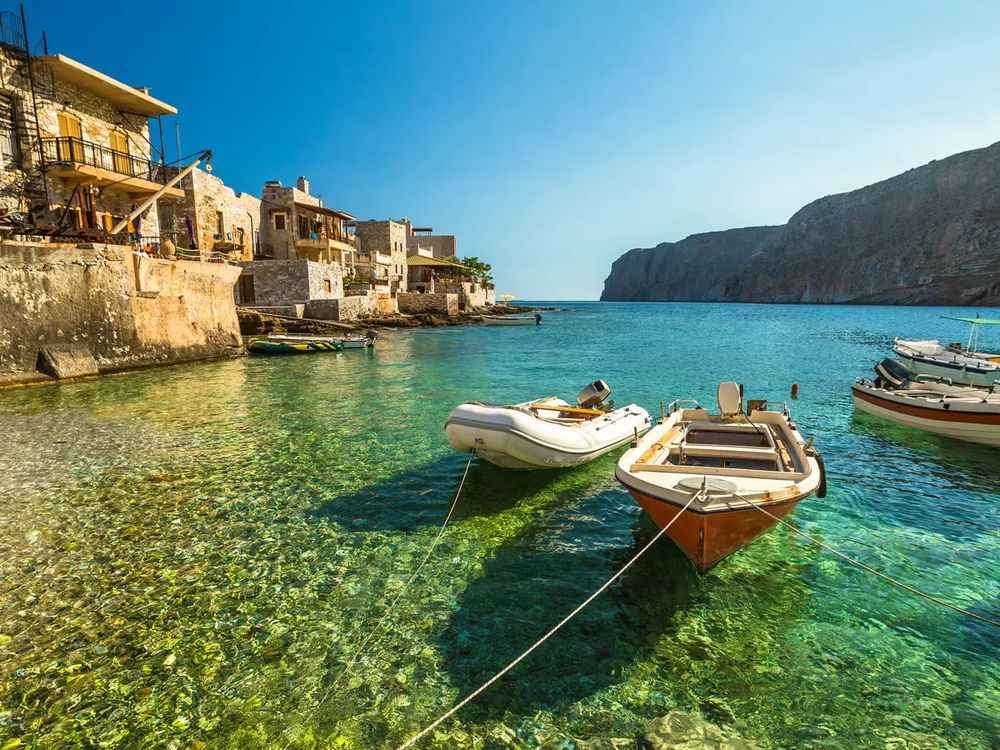Albania’s twentieth century history has given it a unique place in the Balkan travel landscape. While Yugoslavia and Bulgaria were building seaside resorts to attract hard-currency tourists, Albania’s paranoid Communist regime made it almost impossible for foreigners to enter the country. Although the current authorities still don’t do much to promote the country to visitors, Albania is a very different place these days: entry formalities are minimal and foreigners can wander around the country in freedom. Tourist (and other) infrastructure is still rather undeveloped, but visitors who don’t mind a few bumpy roads and the odd power cut can discover a rich variety of attractions while observing one of Europe’s fastest changing countries.
Where to go: some suggestions
Starting at the very south of the country, the ruined Roman city of Butrint is located between the Greek border and the popular resort of Saranda. The ruins themselves are impressive, and derive added appeal from their location on a peninsula covered with lush woodland. The surrounding hills, marshes, and lagoons form the scenic Butrint National Park, which is well worth exploring. The National Park has designed several walking trails starting from the ruins. Butrint is the only place in Albania where this kind of information is so readily available, so take advantage of it. Butrint can be visited on excursions from Corfu, so many people get their first (rather rushed) taste of Albania here.
A short distance inland from Saranda is Gjirokastra, one of the most distinctive historic towns in the Balkans. Spread out over several ridges overlooking the Drinos River, and dominated by an imposing castle, is a collection of houses that at first appears typical of Balkan domestic architecture, but on close inspection reveals many unique touches. Seen from the citadel, the grey slate rooftops below seem almost like an organic feature of the countryside.
The Ionian coast north of Saranda is sometimes called the Albanian Riviera, but this may give a misleading impression as it is still relatively undeveloped. With its quiet beaches, plunging mountains, hill villages, and Greek churches, this stretch of coastline has an appeal to match anything further north on the Adriatic. The Riviera reaches a thrilling climax at the Llogaraja Pass, where the road climbs more than a thousand metres to a wonderful viewpoint before plunging into deep forest on the other side of the pass.
Further inland, and within a few hours of the capital Tirana, is Berati, another well-preserved Ottoman town spreading over several hills and overlooked by a citadel. Berati has an appealing lived-in feel; even the upper town, within the walls of the citadel, is still inhabited. This gives the place a feeling of continuity, rather than the museum-life feeling that pervades some other Ottoman towns in the Balkans. The upper town has always had a strong Christian presence and there are a number of impressive churches. One of them holds a collection of icons by the 16th-century painter Onufri. The town blends into the fertile surrounding valleys, and even in the centre many streets have a canopy of vines, heavy with delicious-looking grapes in August.
Tirana is a mostly modern city that lacks the historical or architectural appeal of Berati or Gjirokastra. Although it doesn’t have many "must-see" attractions, I found it a charming city with a distinctive character of its own. If you are travelling around Albania it’s well worth a stop for some cafe life and people-watching.
The northern half of the country is less explored by foreigners (not that the south is exactly overrun with tourists), but contains some of the country’s most dramatic mountain scenery. A possible starting point for exploring this area is the city of Shkodra. Although its seriously dilapidated concrete blocks can be offputting at first, a hilltop castle, a handful of picturesquely decaying old houses and an army of cyclists give the city a quirky personality of its own.

